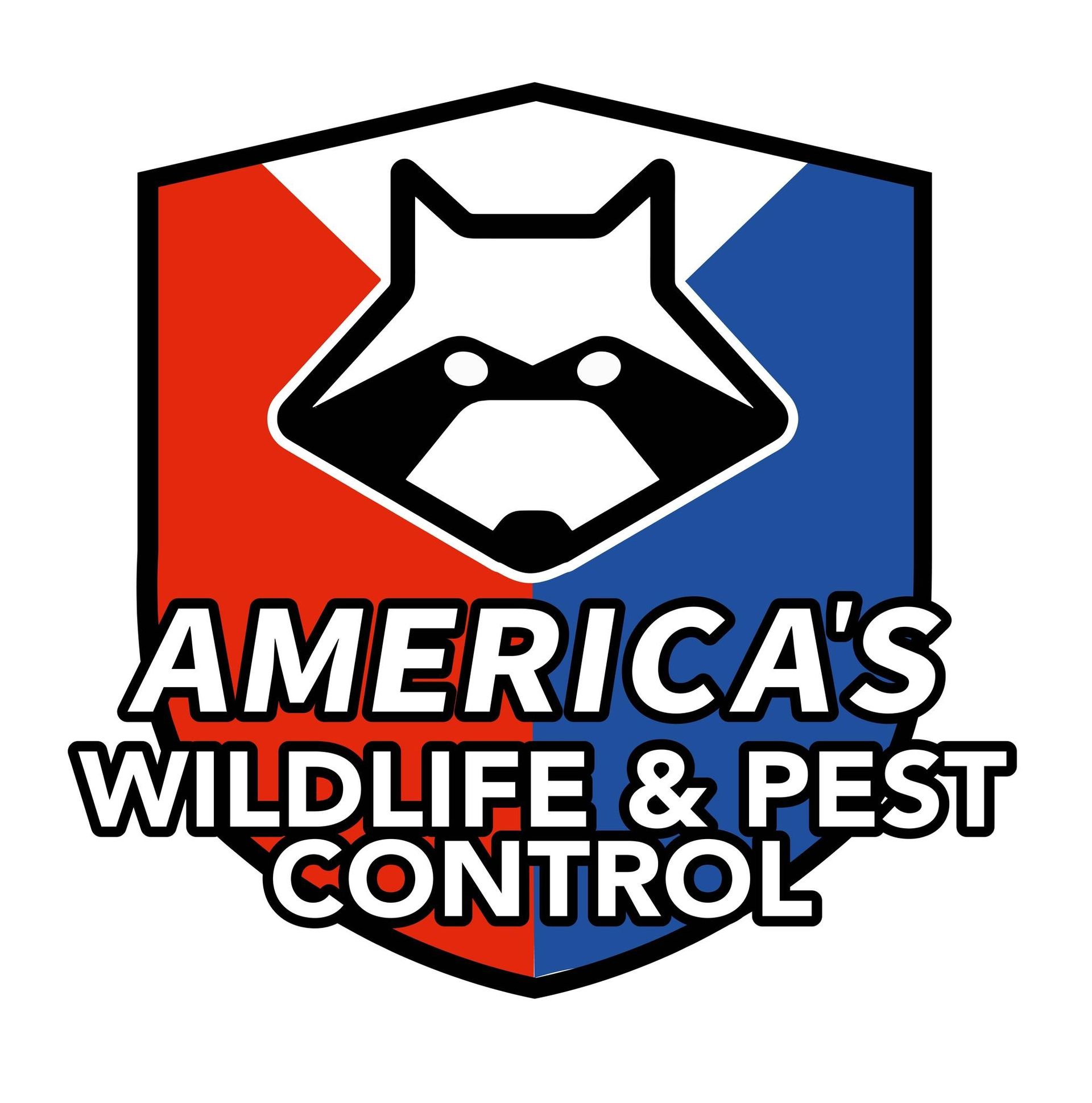The Importance of Hiring a Wildlife Removal Company
As urban areas expand, interactions between humans and wildlife have become increasingly commonplace. These encounters can often lead to challenges, including property damage, health risks, and aggressive animal behavior. Professional wildlife removal services play a critical role in addressing these issues, offering safe and effective solutions. These companies are equipped with the knowledge and tools necessary to handle various wildlife situations while adhering to legal and ethical standards. Ensuring a balance between human safety and wildlife conservation is vital, and this is where professional removal services truly show their value.
Understanding Wildlife Behavior
The Nature of Wildlife Intrusions
Wildlife intrusions often occur when animals seek food, shelter, or breeding sites, leading them to enter human environments. Reasons for these intrusions can include scarcity of resources in their natural habitat or seasonal changes. For example, squirrels and raccoons might enter attics to escape the harsh winter conditions. These intrusions can quickly become problematic, as animals may cause structural damage or pose health risks to humans. Understanding the motivations behind wildlife behavior helps in devising effective strategies for their safe removal.
Common Wildlife Species in Urban Areas
Urban areas often attract diverse species such as raccoons, bats, squirrels, and rodents. These animals have adapted to living in proximity to humans, often finding ample food sources and shelter sites. Rodents are particularly notorious due to their high reproductive rates and ability to squeeze through small spaces. According to Pestworld.org, rodents serve as vectors for over 35 diseases, including Salmonellosis, Hantavirus, and plague. Identifying and understanding common urban wildlife species is essential for targeted and efficient removal efforts.
Seasonal Patterns and Behavioral Changes
Wildlife behavior is significantly influenced by seasons, dictating migration, hibernation, and breeding habits. During spring, many animals become more active as they search for mates and food, leading to increased encounters with humans. In autumn, species like squirrels and raccoons may seek shelter in homes to prepare for winter hibernation. Recognizing these patterns allows for the anticipation of potential wildlife issues and timely intervention. Seasonal knowledge is instrumental for wildlife removal professionals when planning proactive measures to manage animal intrusions.
Risk Factors for Increased Wildlife Activity
Several risk factors contribute to heightened wildlife activity in urban areas, including environmental changes and human activities. Construction and deforestation can displace animals, forcing them to seek refuge in nearby residential spaces. Additionally, improper garbage disposal and abundant bird feeders can serve as enticing food sources for wildlife. Local climate conditions, such as mild winters, can result in population booms for certain species like rodents. Recognizing these risk factors is vital for implementing long-term wildlife management strategies.
The Consequences of Ignoring Wildlife Issues
Ignoring wildlife intrusions can lead to a host of negative consequences, ranging from property damage to health hazards. Animals may chew through electrical wiring, causing fire risks and expensive repairs. Moreover, wildlife can be carriers of diseases transmissible to humans, such as rabies and Hantavirus. Failing to address these issues can result in severe infestations and costly remediation efforts. Engaging professional removal services can prevent these scenarios and ensure a safer living environment.
Health and Safety Concerns
Disease Transmission from Wildlife to Humans
Wildlife, particularly rodents, are known vectors for numerous diseases that pose serious health risks to humans. Pathogens such as Salmonellosis, Hantavirus, and plague can be transmitted through direct contact or contaminated surfaces. According to Pestworld.org, rodents alone serve as vectors for over 35 diseases, underscoring the health threats posed by wildlife. Professional wildlife removal companies are trained to handle these scenarios safely, minimizing opportunities for disease transmission. By addressing infestations promptly, these professionals protect human health and well-being.
Physical Hazards Posed by Wildlife in Homes
In addition to health risks, wildlife in homes can pose significant physical dangers. Animals like raccoons can become aggressive when cornered, potentially leading to injuries. Moreover, structural damage is a common consequence of wildlife intrusion, with animals dismantling insulation, chewing wires, and ruining storage. Addressing these physical hazards requires immediate attention and specialized knowledge to restore safety. Professional removal services can assess and address these risks effectively, preventing further harm or property degradation.
Potential for Aggressive Wildlife Encounters
Wildlife encounters can occasionally escalate into aggressive situations, especially if animals feel threatened or trapped. The presence of offspring or resource scarcity can heighten aggression levels among certain species. This can lead to dangerous situations for homeowners and pets, emphasizing the importance of cautious handling. Wildlife removal experts are skilled in de-escalating such encounters and ensuring safe animal relocation or removal. Their involvement reduces the likelihood of injury during wildlife management efforts.
Identifying Signs of Wildlife Infestation
Early identification of wildlife infestation signs is crucial in preventing larger issues. Common indicators include unusual noises, droppings, chewed wires, and damaged vents or screens. Recognizing these signs can lead to timely intervention, mitigating potential health and property risks. Wildlife removal companies possess the expertise to accurately assess the extent of infestation and devise appropriate action plans. Prompt detection and professional evaluation are key in maintaining a safe and secure home environment.
The Role of Professionals in Mitigating Risks
Professional wildlife removal companies are adept at mitigating risks associated with wildlife infestations. Their training enables them to identify potential hazards and implement solutions that protect households and residents. These experts utilize non-invasive techniques and humane practices to address wildlife issues effectively. Employing their services ensures thorough remediation while safeguarding inhabitants and the animals themselves. By relying on professional expertise, homeowners can achieve peace of mind and long-term security.
Legal and Ethical Considerations
Wildlife Protection Laws and Regulations
Wildlife protection laws and regulations play a pivotal role in managing human-animal interactions. These laws are designed to safeguard endangered species while ensuring humane treatment during removal processes. Violations can lead to severe penalties, emphasizing the need for compliance. Professional removal companies are well-versed in these legal frameworks, ensuring that all procedures adhere to local, state, and federal guidelines. This expertise prevents legal consequences for homeowners while promoting responsible wildlife management.
Ethical Treatment and Relocation of Animals
Ethical considerations are paramount in wildlife removal, emphasizing humane treatment and relocation practices. Animals deserve to be handled with care and respect, preventing unnecessary harm or distress. Professionals in wildlife removal prioritize ethical solutions, employing strategies that prioritize animal welfare. This includes relocating animals to appropriate habitats or working with conservation groups to ensure safe release. Ethical treatment is central to maintaining ecological balance and minimizing human-wildlife conflicts.
Legal Liabilities of DIY Wildlife Removal
DIY wildlife removal may seem cost-effective, but it often raises significant legal liabilities. Untrained attempts can result in improper handling, leading to animal injuries or legal violations. This approach may also result in unsuccessful removal, escalating existing issues and compromising safety. Professionals mitigate these risks by adhering to regulatory standards, ensuring effective and compliant wildlife management. Engaging licensed experts protects homeowners from potential legal repercussions and guarantees proper handling of wildlife situations.
The Importance of Licensed Wildlife Professionals
Employing licensed wildlife professionals is vital for safe and efficient wildlife management. Licensing ensures adherence to stringent industry standards and regulations, indicating proficiency and reliability. These experts possess the necessary skills and equipment for humane and thorough removal, prioritizing both human safety and animal welfare. Their knowledge extends beyond removal to include prevention and education, promoting sustainable coexistence. Partnering with licensed professionals fosters trust and ensures the successful resolution of wildlife challenges.
In conclusion, hiring a wildlife removal company is indispensable for ensuring health, safety, legal compliance, and environmental protection. The expertise provided by professionals addresses immediate wildlife issues while fostering long-term prevention, minimizing risks to humans and wildlife. The economic benefits, from property value preservation to cost-effective management, further underscore the value of expert intervention. By promoting ethical treatment and sustainable practices, removal services contribute to broader conservation efforts. Their role in educating the public and fostering partnerships is vital, cultivating a society committed to balanced coexistence with wildlife. Be sure to reach out to America's Wildlife Control today for more information on our professional wildlife removal company!





Share On: